I’d never seen a launch from Cape Canaveral.
I was told I shouldn’t miss one, if I get a chance, as it’s something one never forgets. It’s unique to our development as a species and a reflection of our presence in the universe. A cry in the night that we are here.
I got that chance this past April. I was invited to attend the launch of the 67th mission to the International Space Station, for which I designed their special Expedition patch. (The astronauts get patches for all their missions, and Commander Kjell Lindgren asked me to design one for this particular expedition.)
Up to that point I’d designed three of the previous Crew’s mission patches that rode the SpaceX Dragon capsule to the ISS. We had planned for me to design the patch for this mission, Crew 4, but Commander Kjell politely told me he’d asked his daughter, Alexandra, a budding artist, to design it. And it’s a beauty.
Reluctant to fly during the pandemic, Irene Gallo and I piled in a car and drove the bazillion miles to the cape from New York. And then we waited as the launch got delayed for almost a week. Problem was, the ISS only has two parking spots for the capsules and both were taken. So a quick exchange had to be timed out so that when one left another could connect.
But the weather at the cape wasn’t cooperating. When the seas get rough, it’s dangerous to recover the crew from the capsule. So we waited.
We had twenty-four hours before we had to get back in the car to return home, when we got word that the weather forecast was good and Crew 3 could leave the station for a safe splashdown. This meant Crew 4 was a go.
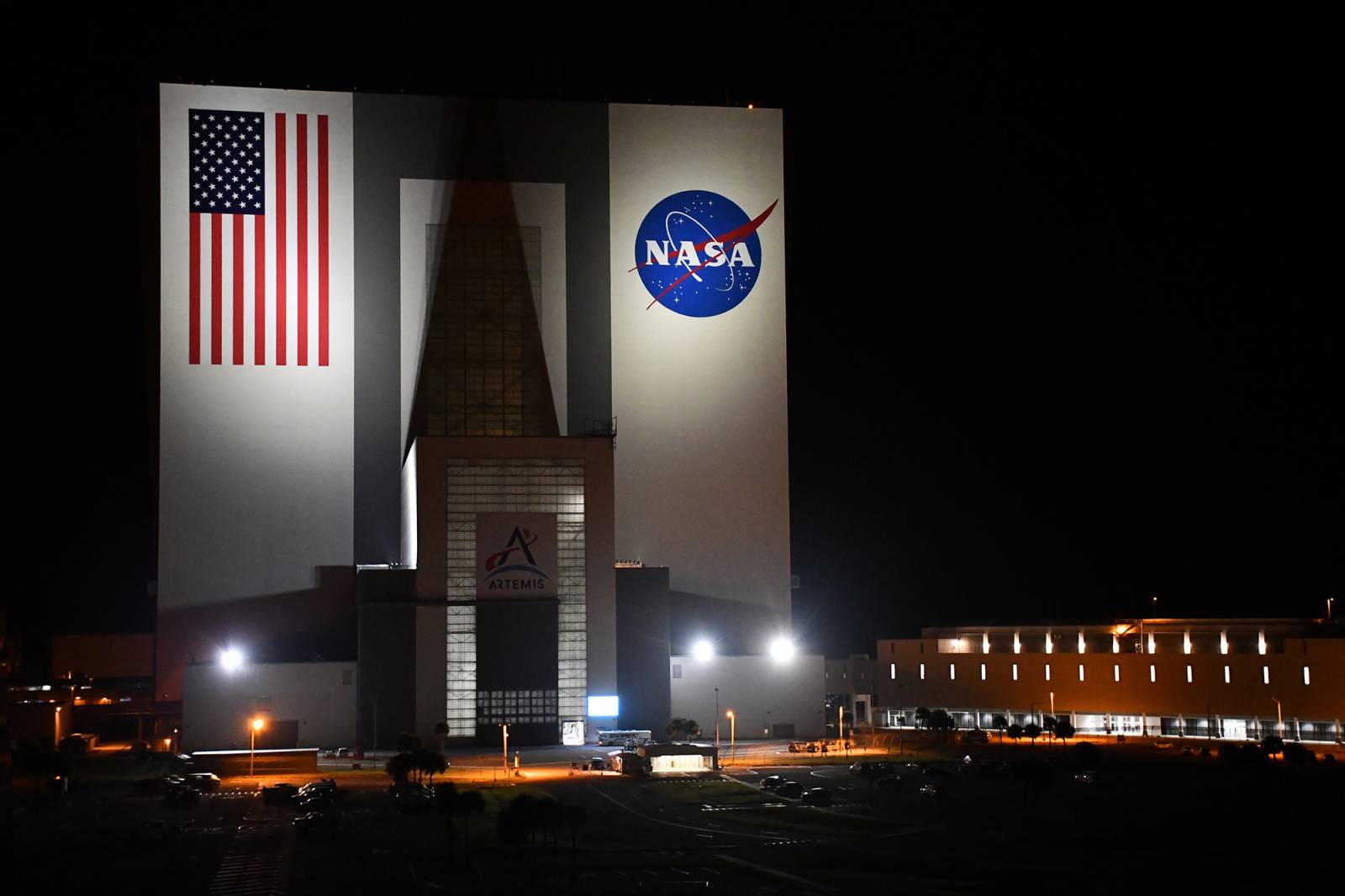
The launch was rescheduled for 3:50am EST. Which made it even better: a night launch! We boarded a bus at 1:30am for the 20 minute ride to the pad. Aboard the bus was Harrison Schmitt…the last man to have walked on the moon. I couldn’t let our meeting just be a handshake and a polite ‘nice-to-meetcha.’ I told him I was an artist, a painter, and I wanted to get his impression of the color of the Moon.
“Grey,” he said.
I was almost about to apologize for asking such a boring question, when he hesitated. “Y’know…you can see striations of other colors in the grey moon dust. Now that I think about it, when meteors hit the moon, they pulverize the soil and turn it to glass beads that fall back on the surface, so there’s this slight amber color that covers a lot of the area.”
So cool. Who gets information like that? He was visibly excited to talk about it. I got brave then and asked, “Saturn 5 rocket: smooth ride or rough?”
“Imagine yourself driving in a pickup truck going thirty miles an hour…over railroad ties.” Such a clear visual impression, it cracked me up.
One of the folks from the bus asked him if he ever thinks about being on the Moon all those years ago. He looked directly at us all and said, “I think about it everyday.”
*****
It was T minus one minute to launch. We were on a viewing balcony one mile from Pad 39A, the same pad from which the Saturn 5 rocket pushed the Apollo 11 capsule into orbit in July of 1969.
At T minus 30, everyone and everything got completely quiet. Nothing made sound, no birds, nothing. Then at T minus 10 seconds everyone started counting down together, like singing lyrics to a familiar song. My pulse started to race.
At zero seconds, the bottom of the rocket brightened to an intense orange glow that lit the gantry bottom-up. Instantly, a bright flash as the engines came to full thrust washed the entire area in a magnificent orange opalescent white flare.
And all of it was still in total silence!
The rocket was three-quarters up the side of the gantry before a wall of wind and sound slapped us a little off balance. And it was LOUD.
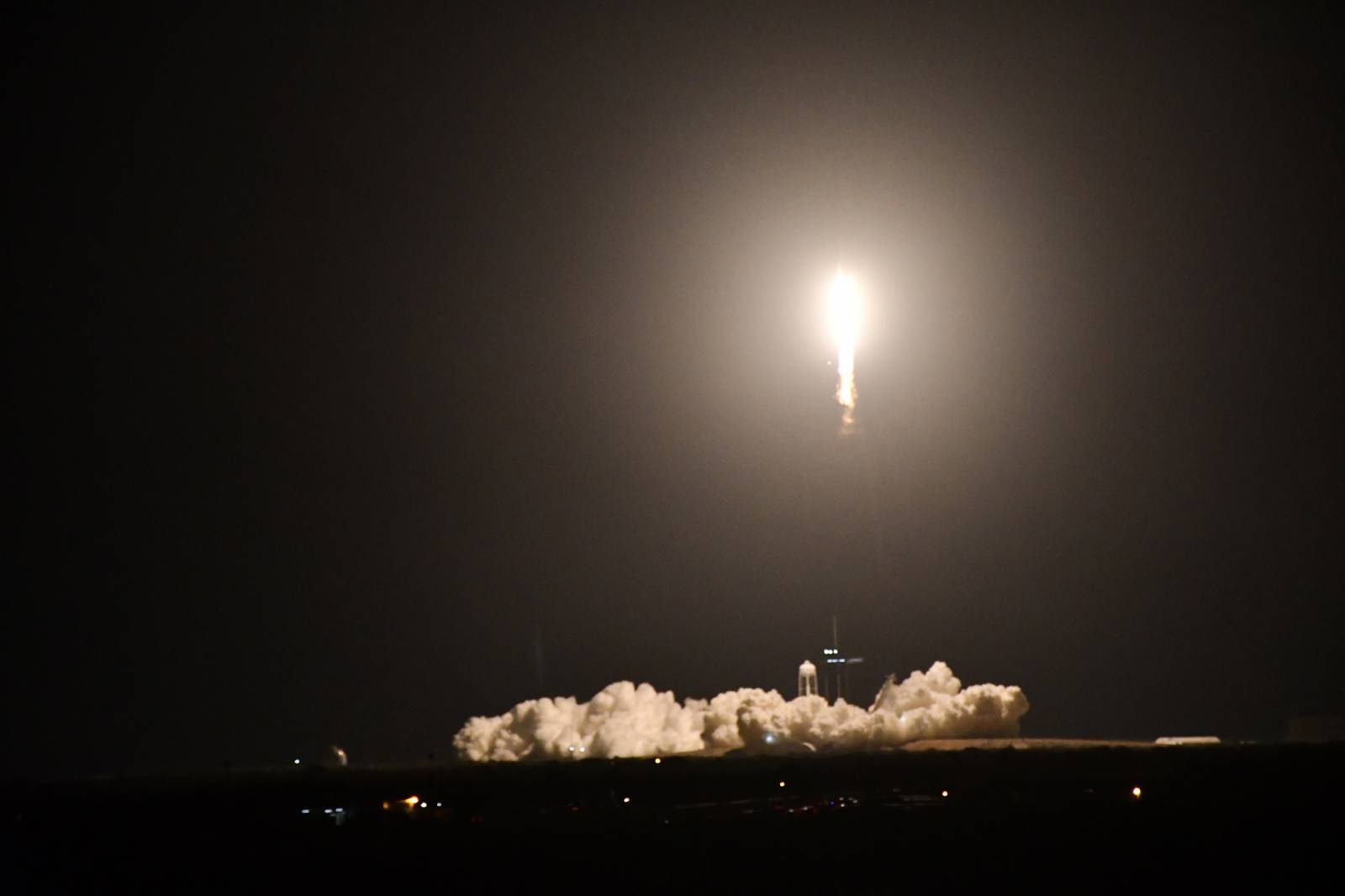 I’d forgotten that it would take a second or two for the sound to reach us. By the time it hit, the rocket traveled so fast it astonished me. Usually, we see these launches on TV where the camera tracks the rocket’s progress upward, stalling any sense of speed, with no context to judge how fast it’s moving.
I’d forgotten that it would take a second or two for the sound to reach us. By the time it hit, the rocket traveled so fast it astonished me. Usually, we see these launches on TV where the camera tracks the rocket’s progress upward, stalling any sense of speed, with no context to judge how fast it’s moving.
It left the planet very quickly. From our perspective, we watched it rise higher and higher, but also arc away from us. The rocket drove straight up, but the speed of the Earth revolving under it, and us with it, caused it to look like it curved upward.
Knowing that Commander Kjell sat in that tiny vehicle added a condition of fear for our friend and the crew that changed the whole meaning of the launch. The risks involved with space travel became shockingly clear.
A minute or so downrange, we watched on some monitors as the second stage fired successfully. Pictures from the capsule moments later showed they’d reached weightlessness and were on their way to the station.
People are right: it’s an unforgettable experience. If you get a chance to see one, take it. Even from a distance. There’s something both high-tech and primitively human about it.
One more cry in the night that we are here, we exist among the stars, and we want to know more.


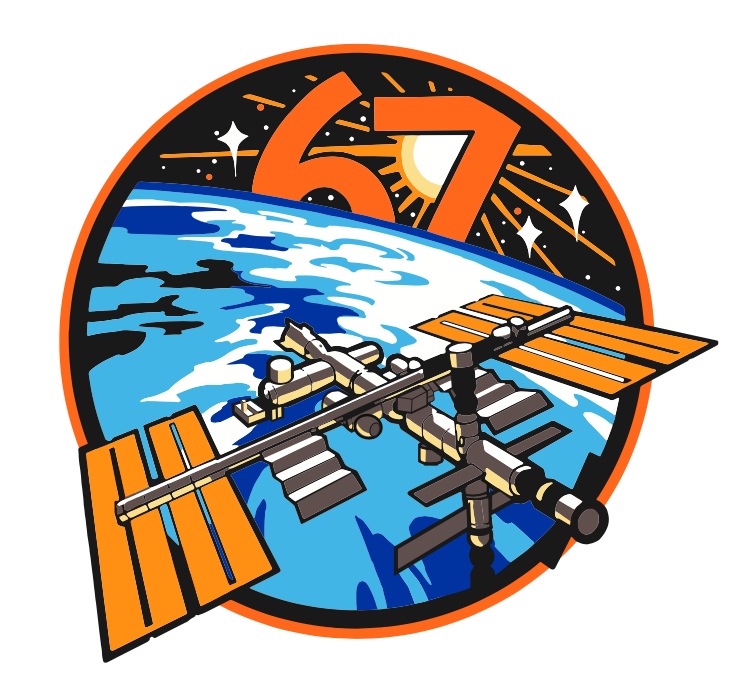
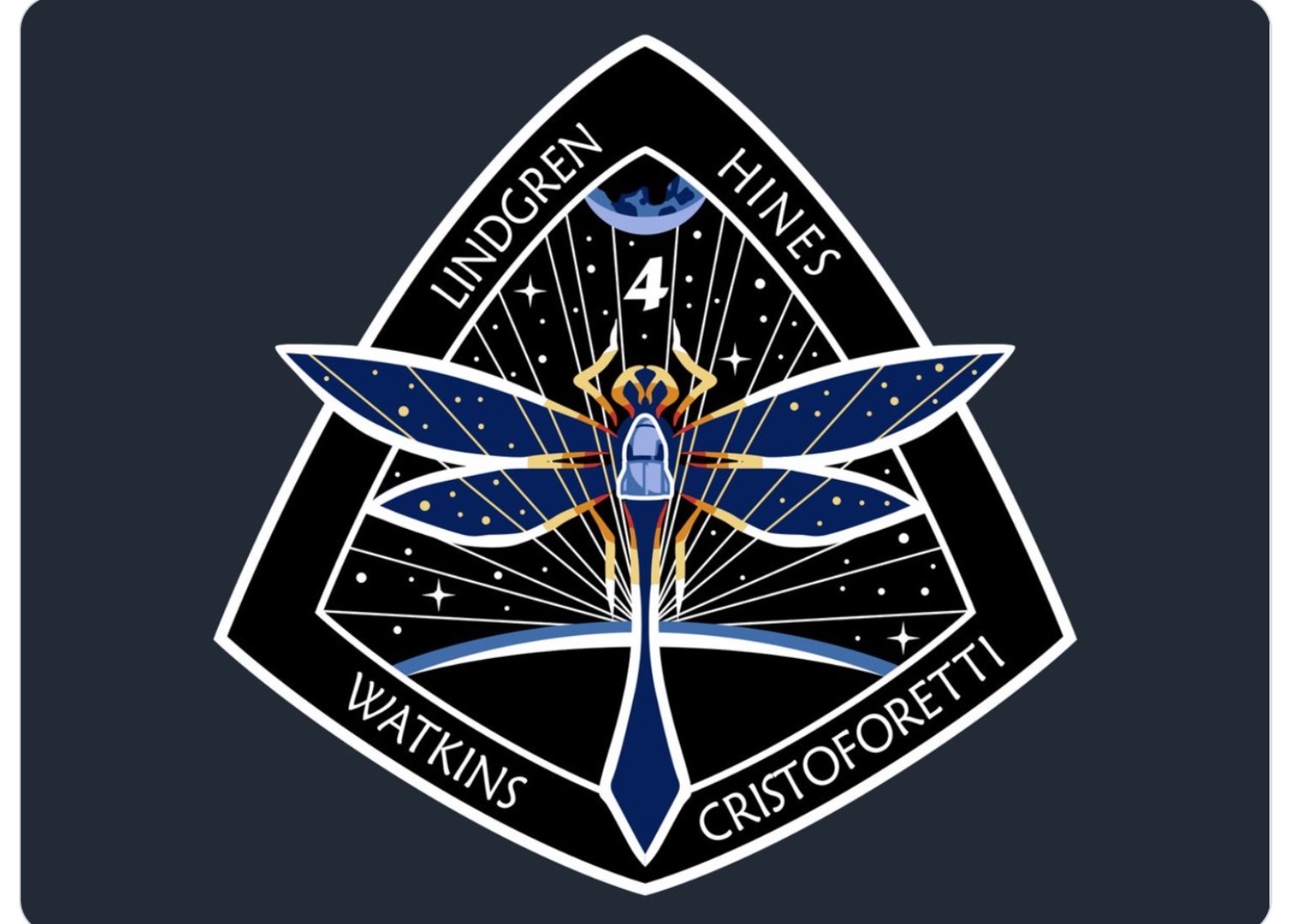
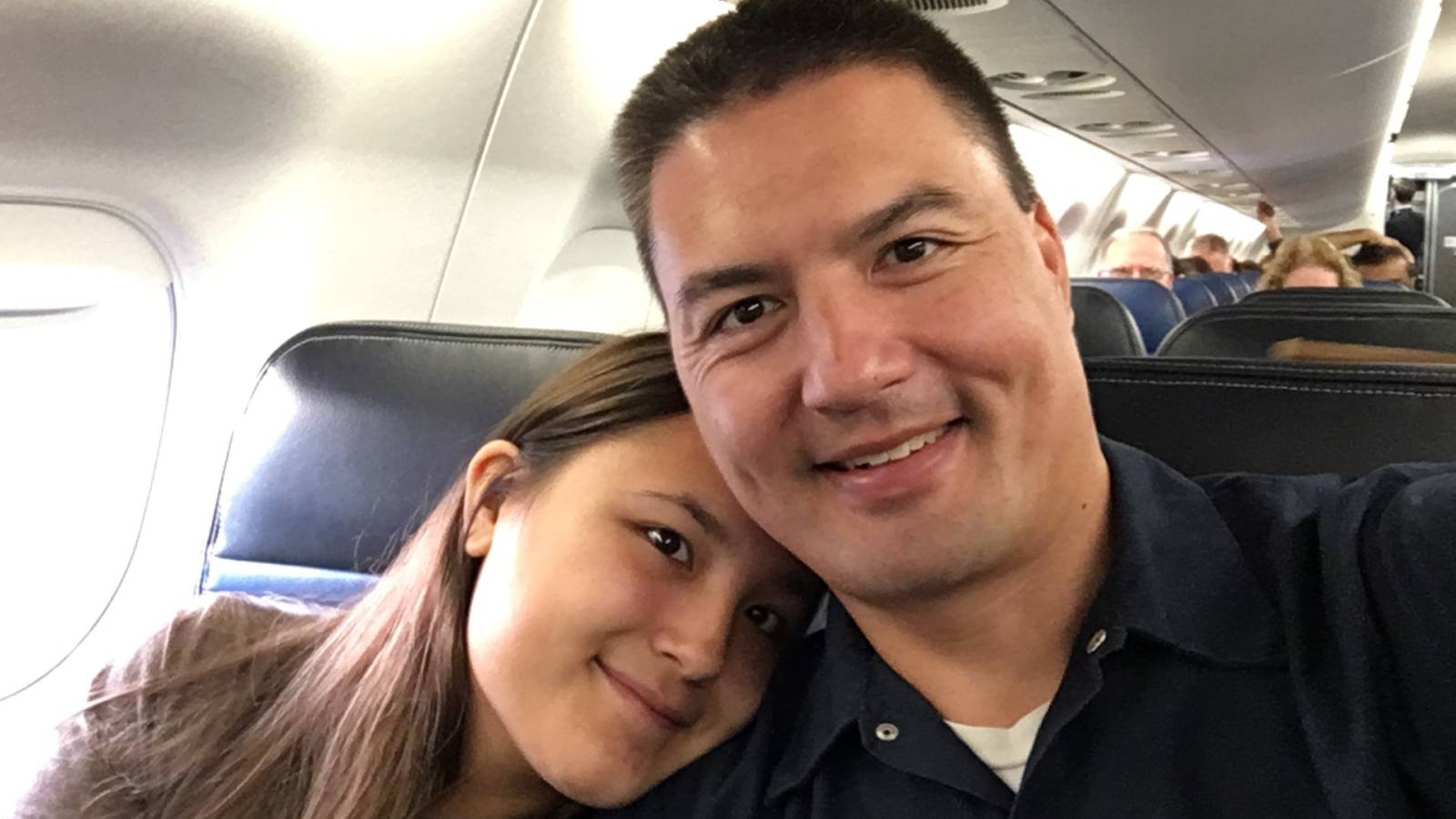

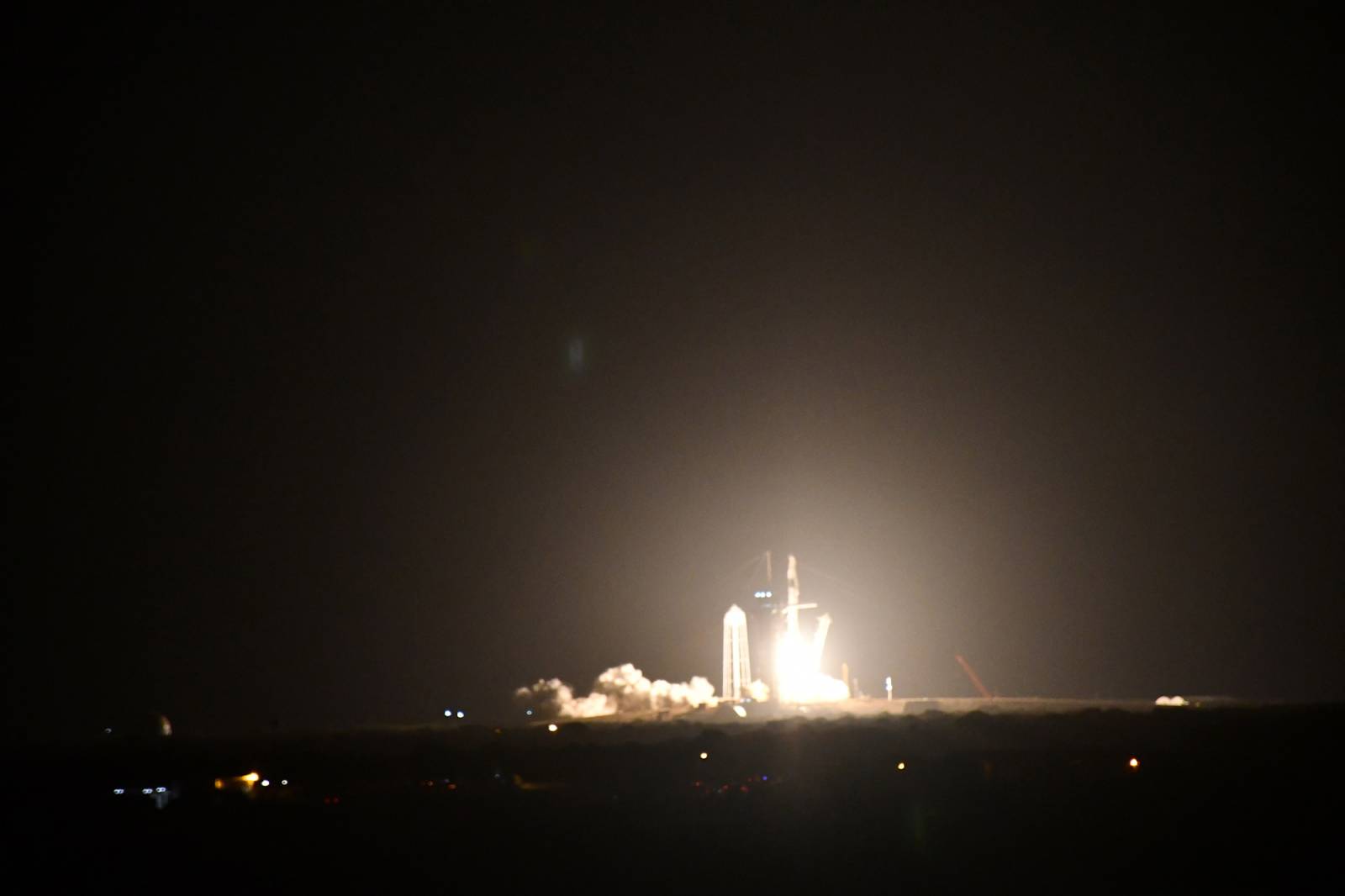
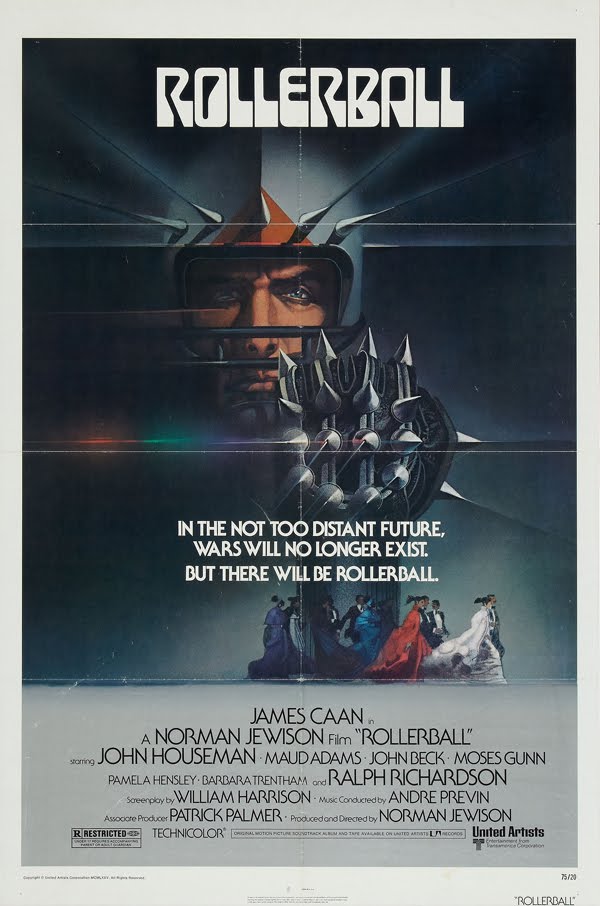
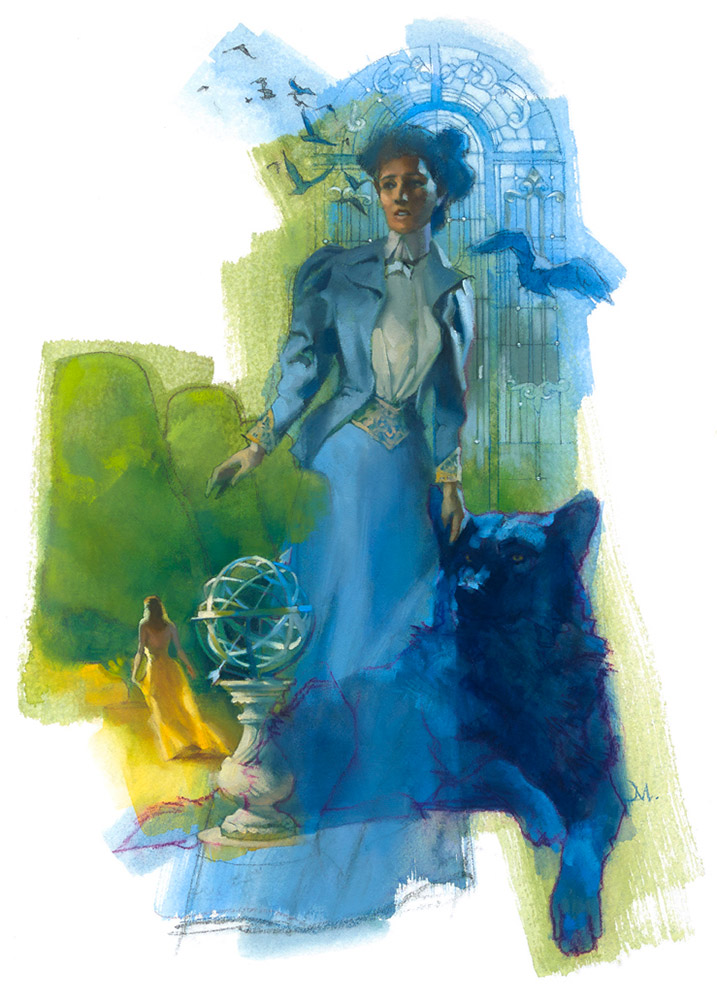
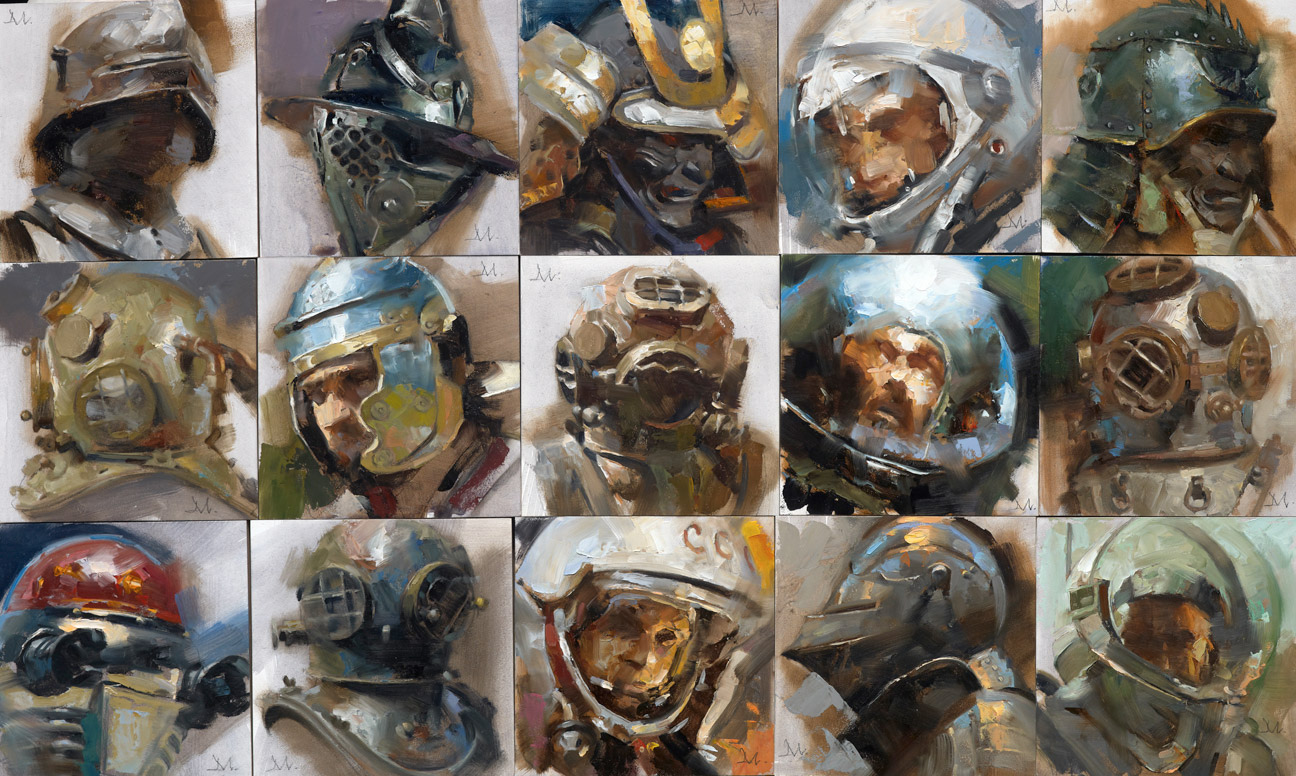
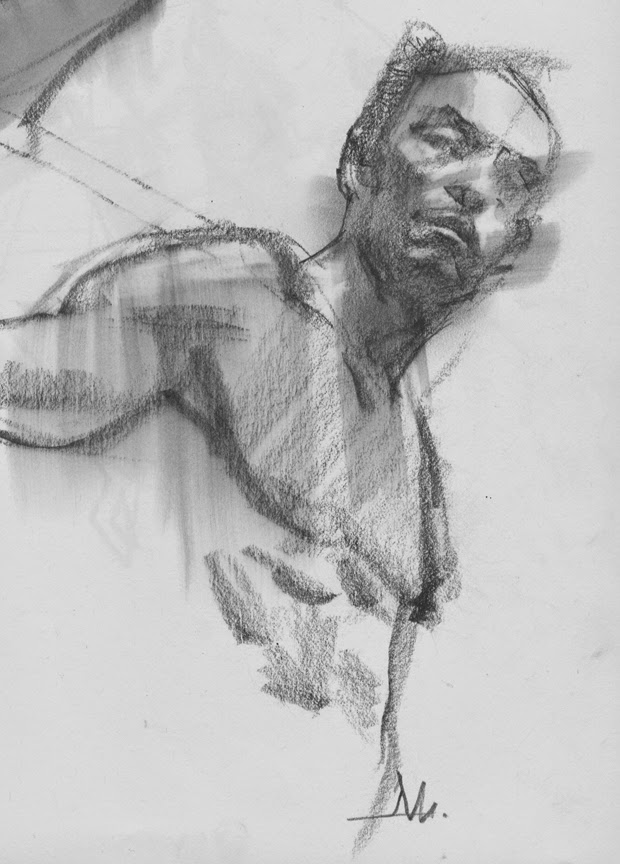
Fantastic post, thank you for sharing it!
Chills. What a legendary experience! I got to visit the Kennedy Space Center a couple of years ago. It’s so easy to take for granted how amazing this all is.
Amazing post, thank you for sharing this incredible experience
What an unforgettable experience for you Greg, the questions & answers put a smile on my face, the fact that someone who walked on the moon still thinks about it everyday is heartwarming.
As always, thank you for sharing your birds eye view into the world of awesomeness! 🙂
Wow! To meet an Apollo astronaut! But to ask something that will help you in your art!!! You must still be buzzing! Oh AND the launch!!